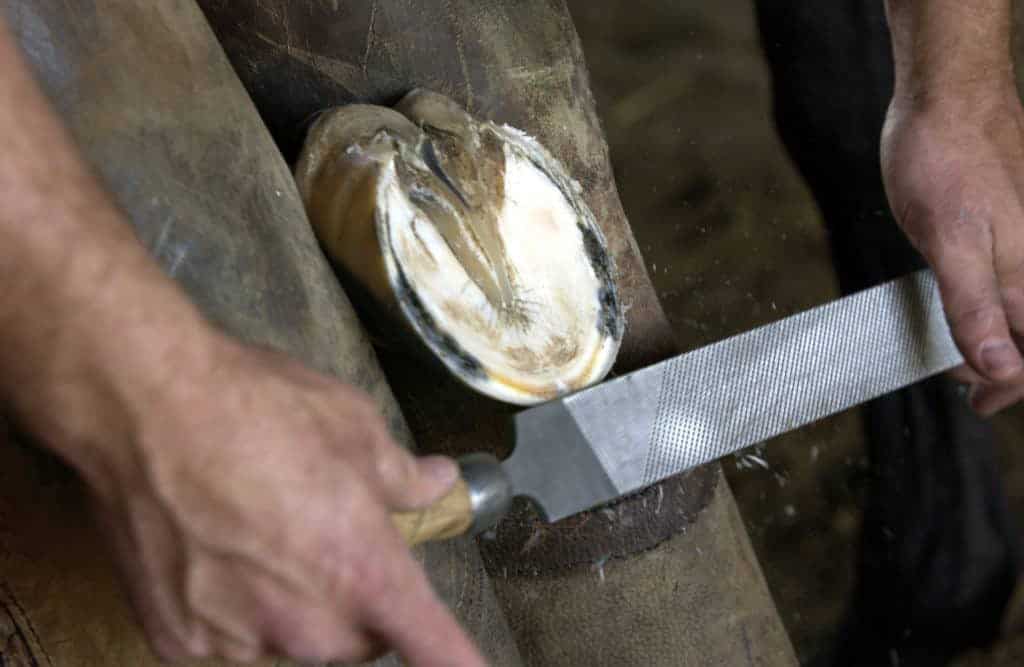More Recent Advances in Managing Musculoskeletal Injuries and Arthritis
In nonsurgical joints that are at least partially responsive to HA and steroids, IRAP treatment elicits less lameness and less synovitis up to 40 days following treatment.
In nonsurgical joints that are at least partially responsive to HA and steroids, IRAP treatment elicits less lameness and less synovitis up to 40 days following treatment.
McIlwraith discussed intervention that targets management of capsulitis (joint capsule inflammation) and synovitis (inflammation of the synovial membrane lining the joint), since these tend to occur in advance of degenerative joint disease.
New technology and better ways of handling older mares improve the chances for breeding success.
When it comes to horses, what does “low carb” mean? Lower than what? “There are several analytical procedures that measure sugar, and each one measures a slightly different fraction,” said Kathryn Watts, BS, owner of Rocky Mountain Research & Consult

The aging process brings with it some inevitable changes in horses.
Horses suffer from few endocrine disorders compared to humans and companion animals; however, they’re not totally off the hook, explained Emily Graves, VMD, MS, Dipl. ACVIM, of Michigan State University, to horse owners in attendance at the
Synovial fluid analysis, including evaluation of white blood cell counts and matrix metalloproteinases -2 and -9 (which degrade articular cartilage), can be employed to monitor effect of treatment and predict survival in horses with septic

Experts share opinions and research on guidelines for deworming and vaccinating aging equines.

Equine nutritionists discuss a variety of feeds and feeding practices to help horses cope with problems.
Avocado and soybean unsaponifiable (ASU) extracts–the fraction of oil that does not form soap after hydrolysis–are some of the newest joint products to grace the equine nutritional supplement shelves. The beneficial effects of ASU for horses
Success when breeding older maiden mares depends on the management of several factors
More than half of all equine lameness is due to noninfectious joint disease and injury. It can happen from one bad step, but it’s most likely due to cyclic (repeated) trauma.
The lack of dopamine is critical, as the activity of the pars intermedia is normally inhibited (controlled) by dopamine. Without dopamine, the pars intermedia produces much more hormone than it should, causing the clinical signs of PPID.
Medication options for PPID include pergolide, cyproheptadine, trilostane, and chasteberry extract. One disadvantage is that no treatment is currently FDA-approved for PPID in horses.
Pituitary pars intermedia dysfunction–PPID, or Cushing’s disease–is the most common disease of horses and ponies 15 years of age or older. Although it’s not fully understood yet, researchers are learning more about how to treat and prevent it.
Unfortunately, no perfect PPID test (one that is 100% accurate with a single-sample test) yet exists. At the 2006 AAEP Convention, Harold Schott, DVM, PhD, Dipl. ACVIM, professor of large animal clinical sciences at Michigan State University,
Stay on top of the most recent Horse Health news with
"*" indicates required fields